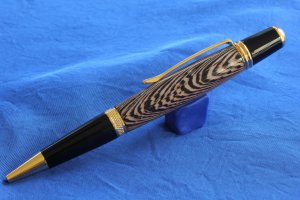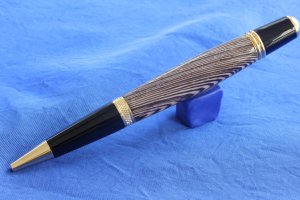Califo
Member
Hi everyone, recently I acquired a large piece of Wenge and I've been TRYING to make a good blank. The wood is a bit porous but great looking grain and contrast. My problem with this piece is finishing it. I used several methods but I CAN'T get it a smooth finish without, either ca rings around the blank or white spots. I have tried the BLO/CA finish and CA with accelerator methods but nothing seems to work. My last try I mixed BLO with saw dust and rubbed it around the blank to see if I could seal some of the holes prior to applying CA,
Anyway, any ideas. I'd hate to see this great piece of wood being unused because I can't get it to a good finish.
Thanks for all your help
Anyway, any ideas. I'd hate to see this great piece of wood being unused because I can't get it to a good finish.
Thanks for all your help


